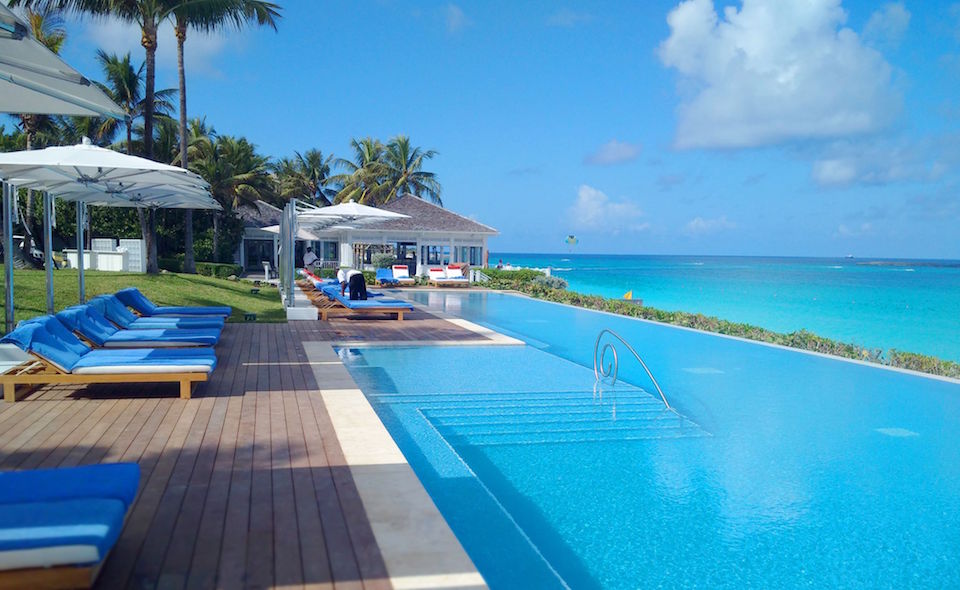How to Deal with Blisters and Foot Pain

Introduction
Blisters and foot pain can be more than just a minor inconvenience; they can significantly impact your daily activities and overall quality of life. Whether you’re an athlete, a hiker, engaging in Atlas Mountain trekking, or someone who spends a lot of time on their feet, knowing how to effectively deal with these issues is crucial. In this comprehensive guide, we’ll delve into the causes, prevention, and treatment of blisters and foot pain. By the end, you’ll be equipped with the knowledge to keep your feet healthy and pain-free.
Understanding Blisters
Blisters are small pockets of fluid that form on the upper layers of the skin. They are typically caused by friction, burns, or other damage to the skin. The fluid inside a blister acts as a cushion, protecting the underlying skin while it heals. While blisters are usually not serious, they can be painful and prone to infection if not properly cared for.
Common Causes of Blisters
Understanding the root causes of blisters can help in their prevention. Here are some common culprits:
Friction
Friction is the most common cause of blisters. This can happen from wearing ill-fitting shoes, excessive walking or running, or repetitive motions. The constant rubbing of skin against another surface creates a blister.
Heat and Burns
Exposure to extreme heat, such as from sunburns or contact with hot objects, can cause blisters. Burns from cooking or other accidents can also lead to blister formation.
Chemical Exposure
Certain chemicals can irritate the skin and cause blisters. These can include cleaning agents, solvents, and other harsh substances.
Medical Conditions
Conditions like chickenpox, eczema, and dermatitis can cause blisters as part of their symptoms.
Prevention of Blisters
Preventing blisters involves reducing friction and protecting the skin. Here are some effective strategies:
Choose the Right Footwear
Wearing properly fitting shoes is essential. Shoes that are too tight or too loose can cause excessive friction, leading to blisters. Make sure your shoes have enough room for your toes and provide adequate support.
Use Moisture-Wicking Socks
Socks that wick away moisture can help keep your feet dry and reduce friction. Look for socks made from synthetic fibers rather than cotton, as they are better at moisture management.
Apply Lubricants or Powders
Using lubricants like petroleum jelly or specialized blister prevention balms can reduce friction. Similarly, foot powders can help keep your feet dry and reduce the risk of blisters.
Break in New Shoes Gradually
When you get a new pair of shoes, break them in gradually. Wear them for short periods initially, and gradually increase the duration. This helps your feet adjust to the new footwear and reduces the risk of blisters.
Treating Blisters
If you do develop a blister, proper treatment is essential to prevent infection and promote healing. Here’s how to care for a blister:
Do Not Pop the Blister
While it might be tempting, avoid popping the blister. The fluid inside the blister protects the underlying skin. Popping it can increase the risk of infection.
Keep It Clean and Covered
Gently wash the blister with soap and water. Apply an antibiotic ointment and cover it with a clean bandage. Change the bandage daily or whenever it gets wet or dirty.
Use Padding
If the blister is in a high-friction area, use padding to protect it. Moleskin or blister pads can provide a cushion and reduce further irritation.
Seek Medical Attention for Infected Blisters
If you notice signs of infection, such as increased pain, redness, swelling, or pus, seek medical attention. An infected blister may require professional treatment.
Understanding Foot Pain
Foot pain can arise from various causes, including overuse, injury, or underlying medical conditions. It can affect different parts of the foot, such as the heel, arch, or toes. Understanding the specific cause of your foot pain is crucial for effective treatment.
Common Causes of Foot Pain
Plantar Fasciitis
Plantar fasciitis is a common cause of heel pain. It occurs when the plantar fascia, a thick band of tissue that runs across the bottom of your foot, becomes inflamed.
Arthritis
Arthritis, including osteoarthritis and rheumatoid arthritis, can cause pain and stiffness in the feet. This is often due to inflammation and joint damage.
Bunions
Bunions are bony bumps that form on the joint at the base of the big toe. They can cause significant pain and make it difficult to find comfortable footwear.
Stress Fractures
Stress fractures are tiny cracks in the bones of the feet, often caused by repetitive stress or overuse. They can cause considerable pain and require proper rest and treatment.
Tendonitis
Tendonitis is the inflammation of the tendons in the foot. It can result from overuse, injury, or underlying conditions like diabetes.
Prevention of Foot Pain
Preventing foot pain involves maintaining good foot health and addressing potential issues early. Here are some tips:
Wear Supportive Footwear
Choose shoes that provide adequate support and cushioning. Avoid high heels and shoes with poor arch support.
Stretch and Strengthen Your Feet
Regular stretching and strengthening exercises can help keep your feet healthy. Focus on exercises that target the arches, toes, and calves.
Maintain a Healthy Weight
Excess weight can put extra stress on your feet. Maintaining a healthy weight through diet and exercise can reduce this burden.
Listen to Your Body
If you experience foot pain, don’t ignore it. Rest and seek medical advice if necessary to prevent further damage.
Treating Foot Pain
Effective treatment for foot pain depends on the underlying cause. Here are some general treatment strategies:
Rest and Ice
Resting the affected foot and applying ice can help reduce inflammation and pain. Ice the area for 15-20 minutes several times a day.
Over-the-Counter Pain Relief
Non-prescription pain relievers like ibuprofen or acetaminophen can help manage pain and reduce inflammation.
Orthotic Inserts
Custom or over-the-counter orthotic inserts can provide additional support and alleviate foot pain. They can help correct imbalances and distribute pressure more evenly.
Physical Therapy
Physical therapy can be beneficial for various foot conditions. A therapist can guide you through exercises and treatments to strengthen your feet and improve mobility.
Medical Interventions
In some cases, medical interventions such as injections, surgery, or other treatments may be necessary. Always consult a healthcare professional for persistent or severe foot pain.
Conclusion
Blisters and foot pain can be debilitating, but with the right knowledge and preventive measures, you can keep your feet healthy and pain-free. Remember to choose appropriate footwear, keep your feet dry, and address any issues promptly. By taking care of your feet, you ensure they can support you through all your daily activities and adventures. So, next time you lace up your shoes, you’ll be prepared to step out with confidence, free from the worries of blisters and foot pain.




